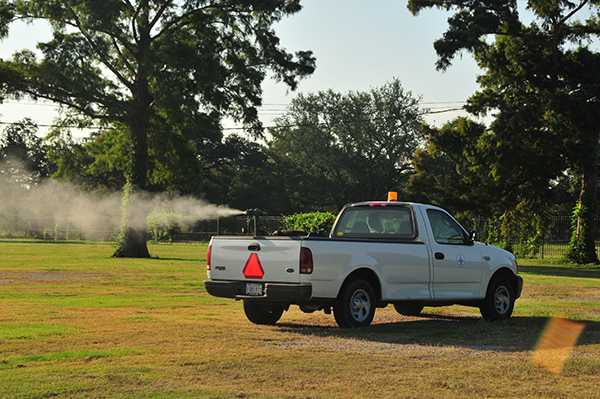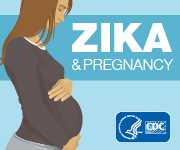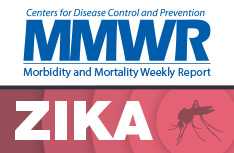For Professionals
In the continental United States, vector control professionals use integrated vector management strategies to control Aedes aegypti and Aedes albopictus mosquitoes.
- Before a locally acquired case(s) of Zika, chikungunya, or dengue virus infection occurs, professionals conduct surveillance to understand local populations of mosquitoes and begin control efforts.
- If a travel-related case is reported or locally acquired case is suspected, vector control professionals enhance mosquito control activities to reduce both larvae and adult mosquito densities. This can help keep mosquitoes from biting infected people, which can break the transmission cycle.
- Vector surveillance and control efforts should target mosquito species that can transmit viruses. Control activities are generally similar for both Aedes aegypti and Aedes albopictus mosquitoes.


Photos courtesy of Ed Freytag, City of New Orleans Mosquito & Termite Control Board
For ELC Recipients
CDC’s Epidemiology & Laboratory Capacity for Infectious Diseases (ELC) Cooperative Agreement funds have been distributed to develop or enhance mosquito vector surveillance and insecticide resistance testing and to report results to CDC. Data compiled from ELC recipients will be used to develop more accurate knowledge of where and during what time of the year Zika virus mosquito vectors (Aedes aegypti and Aedes albopictus) occur in the United States, and when and where these mosquitoes are most abundant. Additionally, data will be used to track insecticide resistance in Zika virus mosquito vectors throughout the United States.
To facilitate data reporting, CDC developed the MosquitoNET website for ELC recipients. ELC recipients will use MosquitoNET to report data about mosquito collection and insecticide resistance testing. Data about virus infection in mosquito pools will continue to be collected by using ArboNET. Learn more.
- Page last reviewed: November 17, 2016
- Page last updated: November 17, 2016
- Content source:





 ShareCompartir
ShareCompartir